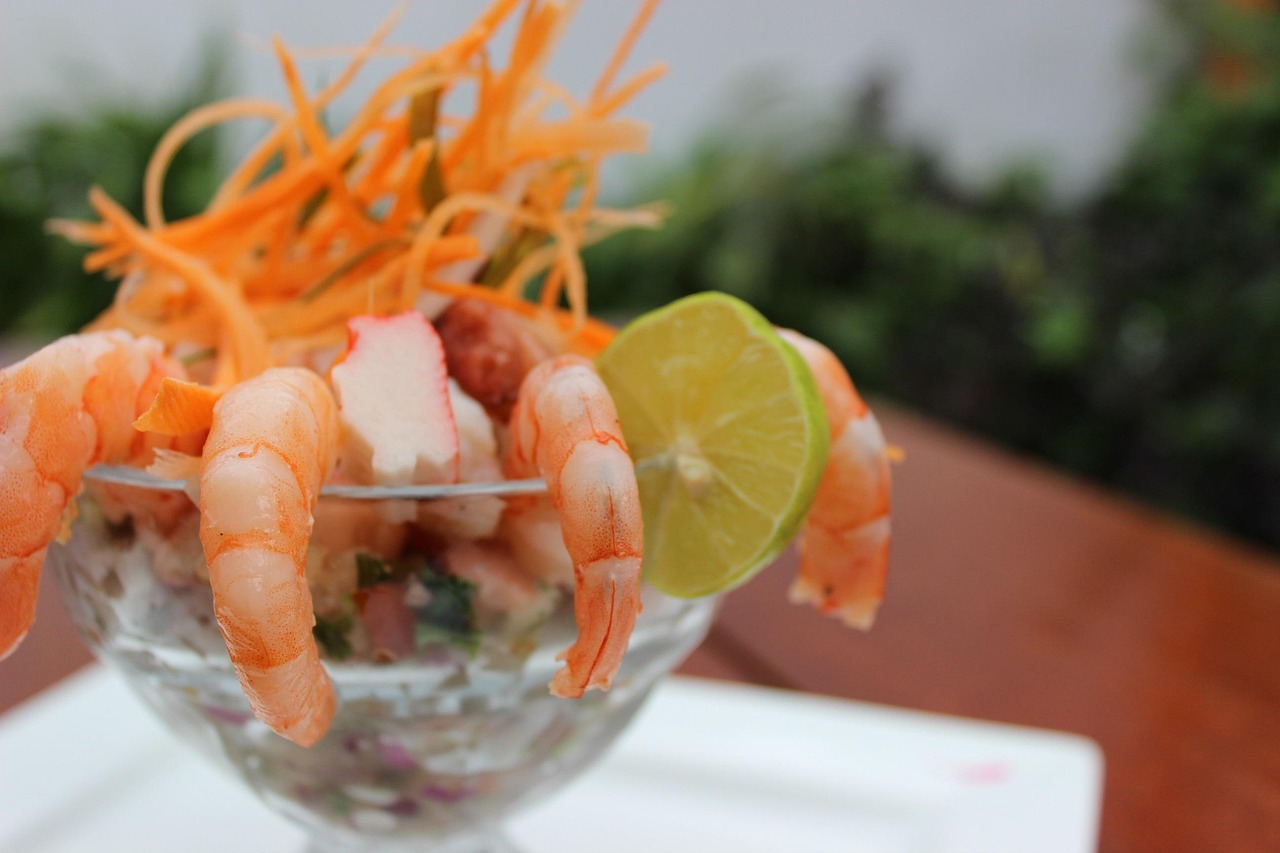Exploring the World of Culinary Delights:A Glimpse into English-Speaking Food Culture
Introduction
Food is not just a necessity; it's a universal language that brings people together. It's a way of expressing culture, history, and tradition. As an自媒体作者, I am thrilled to delve into the world of English-speaking food culture, exploring the rich tapestry of flavors, ingredients, and culinary techniques that define this diverse and vibrant cuisine. From the hearty dishes of the British Isles to the fusion cuisine of the United States, from the comfort foods of Australia to the exotic flavors of the Caribbean, English-speaking countries offer a culinary journey that is as varied as it is delicious.
The British Isles: A Culinary Heritage
Let's start our journey in the British Isles, where the traditional English breakfast sets the tone for a day of hearty eating. Comprising eggs, bacon, sausages, black pudding, baked beans, grilled tomatoes, and toast, this meal is a testament to the British love for substantial food. The afternoon is often reserved for a classic cream tea, featuring scones with clotted cream and jam, a sweet interlude that has become synonymous with English culture.
As we move through the seasons, we find that British cuisine is deeply rooted in the changing landscapes and harvests. Winter brings warming stews and casseroles, while summer offers lighter fare like salads and picnics. The Sunday roast, a staple of British family life, features a choice of meats—be it beef, lamb, or chicken—accompanied by roast potatoes, Yorkshire pudding, and seasonal vegetables.
Across the Atlantic: American Fusion Cuisine
Venturing across the Atlantic, we find the United States, a melting pot of culinary influences. American cuisine is as diverse as its population, with dishes ranging from the iconic hamburger and hot dog to the regional specialties like New England clam chowder and Southern fried chicken. The United States is also home to a vibrant fast-food culture, with chains like McDonald's and KFC having a global presence.
However, American cuisine is not just about quick bites. It also boasts a rich tradition of fine dining, with chefs like Julia Child and Thomas Keller elevating the art of cooking to new heights. The fusion of flavors from various immigrant communities has led to the creation of dishes like Tex-Mex, which blends the spiciness of Mexican cuisine with the robustness of American ingredients.
Down Under: Australian Comfort Food
In Australia, the culinary scene is as laid-back as the country's lifestyle. Australian cuisine is heavily influenced by its indigenous heritage, with native ingredients like kangaroo, emu, and wattleseed finding their way into modern dishes. The barbecue culture is strong, with the "barbie" being a staple of Australian social life. Meats are often marinated in a blend of herbs and spices before being grilled to perfection.
Australians also have a sweet tooth, with desserts like pavlova—a meringue-based confection topped with whipped cream and fresh fruit—being a national favorite. The country's love for coffee has led to a thriving café culture, with unique blends and brewing methods being developed to cater to the discerning palates of locals and visitors alike.
The Caribbean: A Tropical Feast
The Caribbean, with its warm climate and rich soil, is a paradise for food lovers. The region's cuisine is a blend of African, European, and indigenous influences, resulting in a vibrant mix of flavors and textures. Jerk chicken, a spicy dish native to Jamaica, is perhaps the most well-known Caribbean dish, with its smoky, fiery taste that is both comforting and invigorating.
Rice and peas, a staple dish across the Caribbean, is a testament to the region's agricultural bounty. It is often accompanied by a variety of side dishes, from fried plantains to coleslaw, creating a symphony of flavors on the plate. The Caribbean is also famous for its rum, which is used in a variety of cocktails and desserts, adding a touch of sweetness to the meal.
Conclusion
As we conclude our culinary tour of English-speaking countries, it's clear that food is more than just sustenance; it's a celebration of diversity, a bridge between cultures, and a reflection of the human spirit. Whether you're indulging in a traditional British roast, savoring the flavors of American fusion cuisine, enjoying the comfort of Australian fare, or exploring the tropical delights of the Caribbean, each bite is a story, a journey, and a taste of the world.
In the world of English-speaking food culture, there is always something new to discover, something delicious to savor, and a story to share. So, the next time you sit down to a meal, take a moment to appreciate the global tapestry that has come together on your plate. After all, food is the great unifier, and in the English-speaking world, it is a language that everyone can understand and enjoy.











